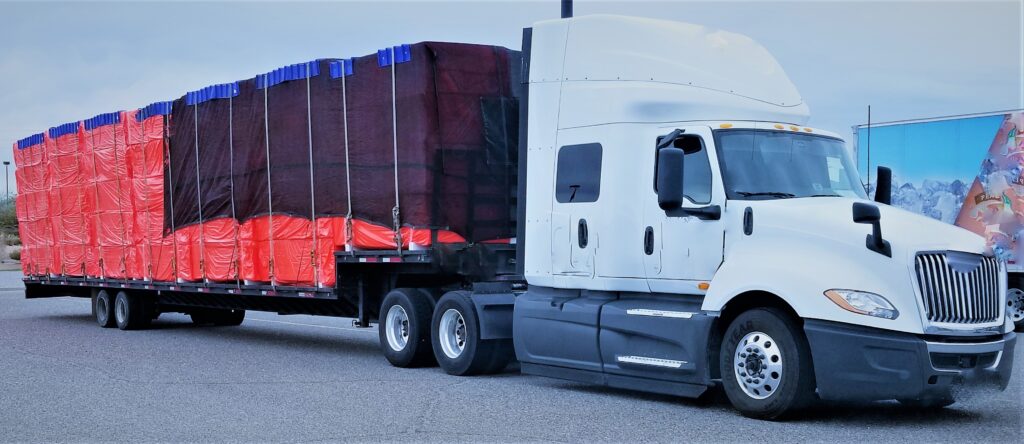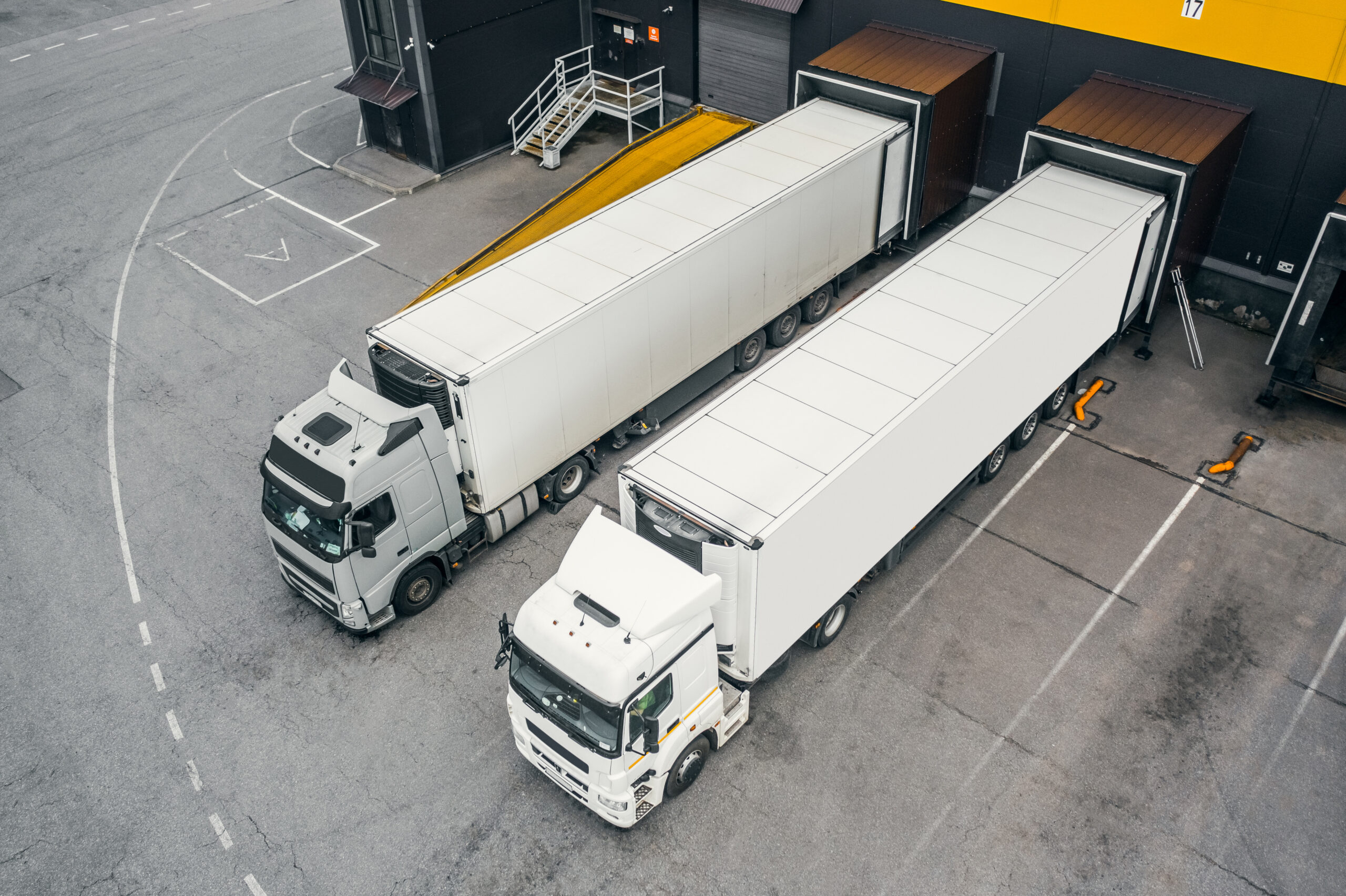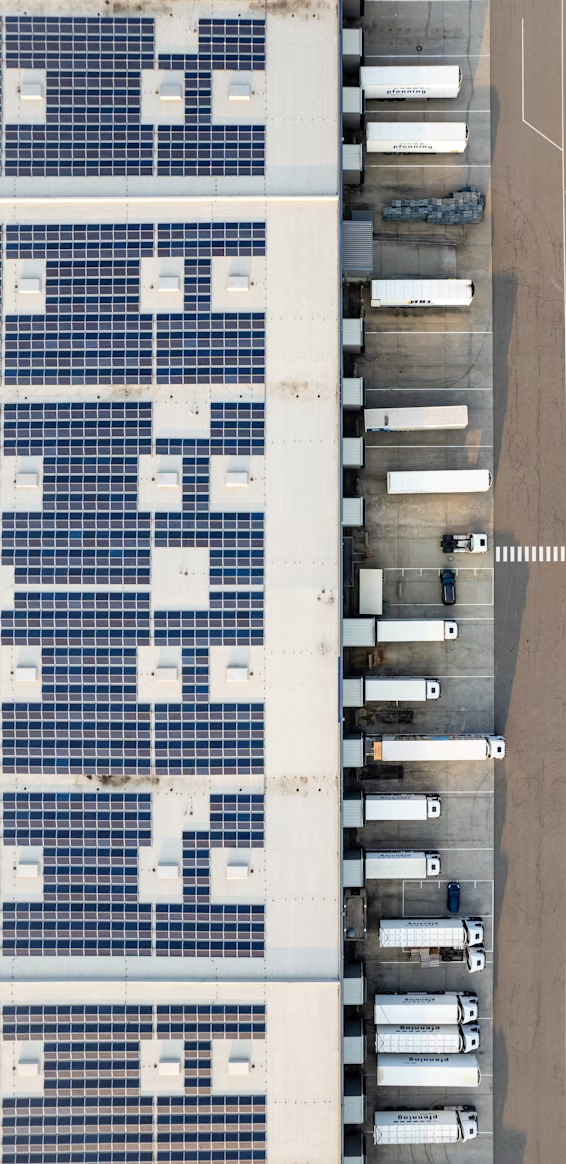If you’re managing logistics for your business, you’ve likely heard of full truckload and less than truckload shipping. Choosing between the two can impact your costs, delivery times, and overall efficiency.
What is Full Truckload Shipping?

What Is Full Truckload (FTL) Shipping?
Full Truckload shipping means your goods fill an entire truck. This method is ideal for:
– High-volume shipments
– Heavy or bulky freight
– High-value items
– Fast delivery with no stops or transfers
Because the truck is dedicated to your freight, FTL shipments often arrive faster and are less prone to damage.
What is Less Than Truckload Shipping?
Less than truckload shipping allows you to share truck space with shipments from other businesses. It works best for:
– Small to medium-sized shipments
– Lower shipping costs
– Non-urgent deliveries
With LTL, your freight may switch trucks and make multiple stops. While this reduces cost, it may increase transit time and risk of handling damage.
Full Truckload vs Less Than Truckload: Key Factors to Consider

1. Shipment Volume
If your products fill most or all of a truck, FTL makes more sense. Smaller shipments? Go with LTL.
2. Weight
Heavier goods are more cost-effective to ship via FTL. LTL works best for lighter freight.
3. Delivery Speed
FTL shipments go directly from pickup to delivery. LTL may involve multiple stops and delays.
4. Value of Goods
For high-value items, FTL reduces handling risks and offers greater control.
5. Budget
LTL is more budget-friendly for smaller loads. FTL is often more economical per unit for larger shipments.
Which Shipping Method Fits Your Business?
Choose Full Truckload if speed, security, or shipment size is a top priority.
Choose Less Than Truckload if you’re shipping smaller loads and want to save on cost.
Both options serve different business needs — and the right choice depends on your specific logistics goals.
Why Choose Rolls Right?
At Rolls Right, we offer both FTL and LTL services, tailored to your schedule and freight type. Whether you’re shipping across town or across the country, our team ensures your cargo arrives safely and on time.
✅ Safe & secure logistics
✅ Flexible pickup and delivery
✅ Competitive pricing
Contact us today to find the best shipping solution for your business.
REQUEST A QUOTE
We got you the extra mile to deliver your goods safely to its destination. Get in touch with us today.





